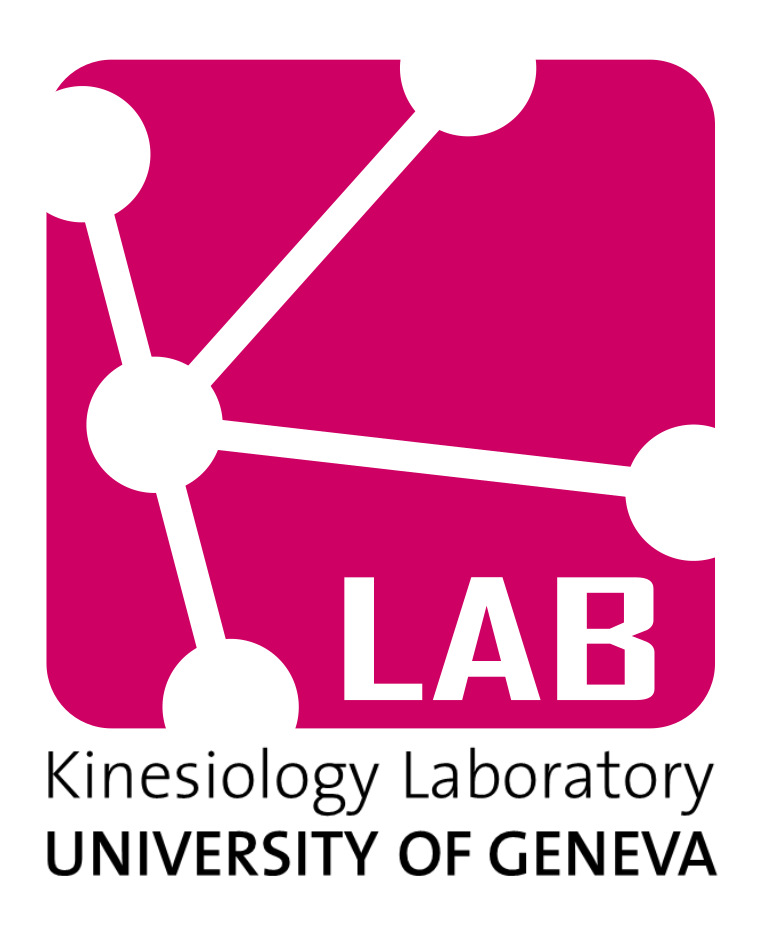Projects

|
ACL-VR Project |
| Title | ACL-VR Project: Evaluation of electrocortical brain activity during walking after reconstruction of the anterior cruciate ligament (ACL) using immersive virtual environment |
| Dates | |
| Principal investigator | Honoré Fell (HUG) |
| Other investigators | Stephane Armand (K-Lab, UNIGE/HUG), Philippe Tscholl (HUG), Didier Hannouche (HUG), Margaux Dubessy (CampusBiotech), Gwénael Birot (CampusBiotech), Mickael Fonseca (K-Lab, UNIGE/HUG) |
| Institutional collaborations | |
| Funding | (to be added) |
| Keywords | ACL, apprehension, cortical activity, EEG, virtual reality, ACL-RSI |
| Website | Not available. |
| Related articles |
|
Abstract
Rupture of the anterior cruciate ligament (ACL) accounts for the majority of knee ligament injuries, with an incidence of around 10,000-12,000 cases per year in Switzerland. The ACL is a complex anatomical structure that is essential for knee stability and its rupture leads to multidirectional instability. Once ruptured, it heals spontaneously but does not recover its initial structure, which can lead to residual instability which is a source of pain and daily discomfort and can even result in osteoarthritis of the joint. Surgical treatment by ligamentoplasty is considered the "gold standard" for the treatment of residual instability, enabling the mechanical stability of the knee to be restored. The phenomenon of apprehension or persistent instability experienced also seems to be linked to the proprioceptive control deficit of the joint in patients after ACL reconstruction. This persistent deficit seems to undergo beyond mechanical alterations and peripheral sensory deficits. It is likely caused by complex circuits from a higher sensory-motor level processed in the brain (Needle et al., 2017). The notion of perceived instability does not necessarily correlate with the mechanical stability of the knee as the knee may be "mechanically" stable after surgery. Still, the feeling of instability is always present. In addition to mechanical alterations, the neuroplastic effects of ACL injury have demonstrated underlying alterations in the nervous system. Thus, dynamic movement mechanics, neurocognitive, and visual processing regarding ACL injury adaptations and injury risk seem to be linked (Dustin R. Grooms et al., 2015). Therefore, alterations in the neurocognitive function can affect the complex integration of vestibular, visual, and somatosensory information required for neuromuscular control (Kakavas et al., 2020). To our knowledge, no study has yet investigated the cerebral contribution during specific gait tests in patients who have benefited from ACL reconstruction. The aim of this study is to investigate how information received by the central nervous system is processed during gait after an ACL injury.
